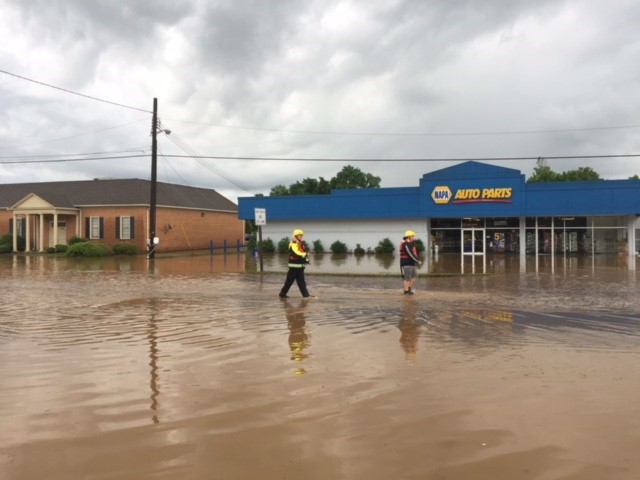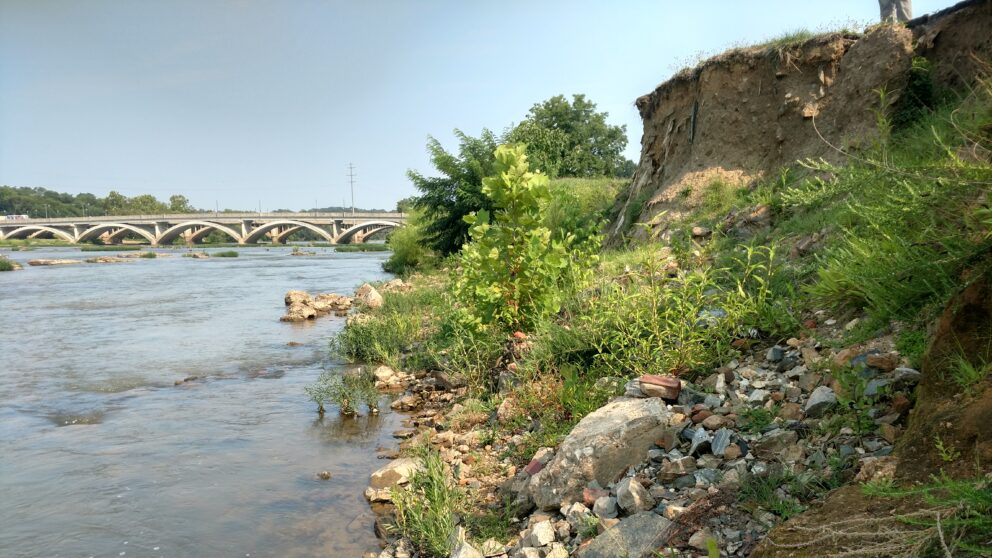

Overview
Apple Branch watershed study is the third task order requested by the City as part of our flood study on-call contract. The overall goal of the study is to propose a mitigation project to improve this area. The engineering study was funded at 75% of the project cost by the Commonwealth of Virginia Department of Emergency Management Pre-Disaster Mitigation Grant Program. The City of Danville provided 25% of the matching project funds. The Apple Branch watershed covers an area of approximately 2.1 square miles above Riverside Drive. The primary area of interest for this study is to address flooding concerns from Apollo Drive downstream to the confluence with the Dan River.
Multiple options were considered to develop concepts for the City to consider moving into the selected final flood mitigation project. Limitations to adjacent property owner participation in the project area and easements or property purchase were considered in the development of recommended solutions. The study is being used as supporting documentation in the pursuit of additional FEMA funding. Nature based solutions through the conversion of floodplain land into park area with proposed flood walls were incorporated into the designs.
The project has included evaluation of existing conditions of the Apple Branch watershed through the establishment of Hydrologic (HEC-HMS and PCSWMM) and Hydraulic Models (HEC-RAS 1D and 2D) for the 2, 10, 25, 50, 100, 500- year storm event and short duration high intensity storms. The H & H models were calibrated to hurricane Michael, October 2018, with documented high-water marks. Historical flooding was researched, and watershed data was collected through field topographic surveys, SUE investigations, and morphological field surveys. Doppler rainfall data was converted to a time/intensity data series for use in calibration of the watershed to Hurricane Michael.
The capacity of the system was quantified to determine an existing performance level tied to the study storm events through SWMM modeling. Investigations of impact mitigation at the site through the development of conceptual plan alternatives were made and related to a level of protection for adjacent structures and the existing roadways at the intersection of Audubon and Riverside Drive were developed. The preparation of a study report and final mitigation solution that can be used to apply for a project specific grant for the cycle would begin in the fall of 2021 and a final report of the study will be given to the City for documentation thereafter.